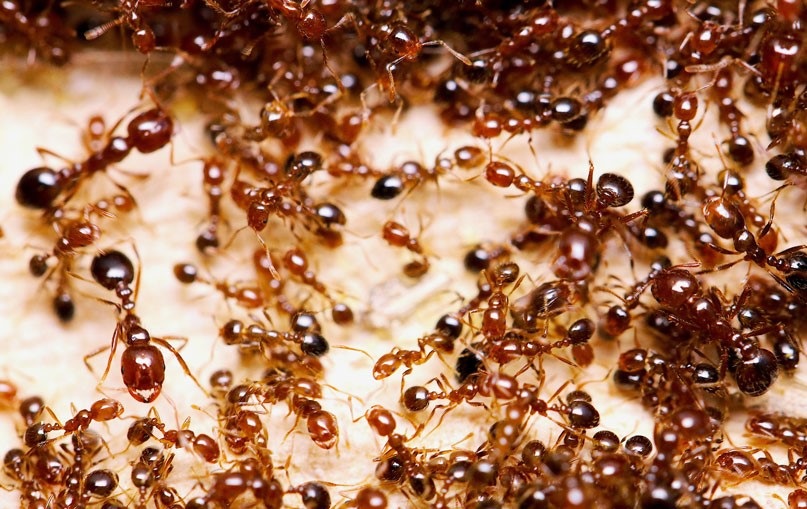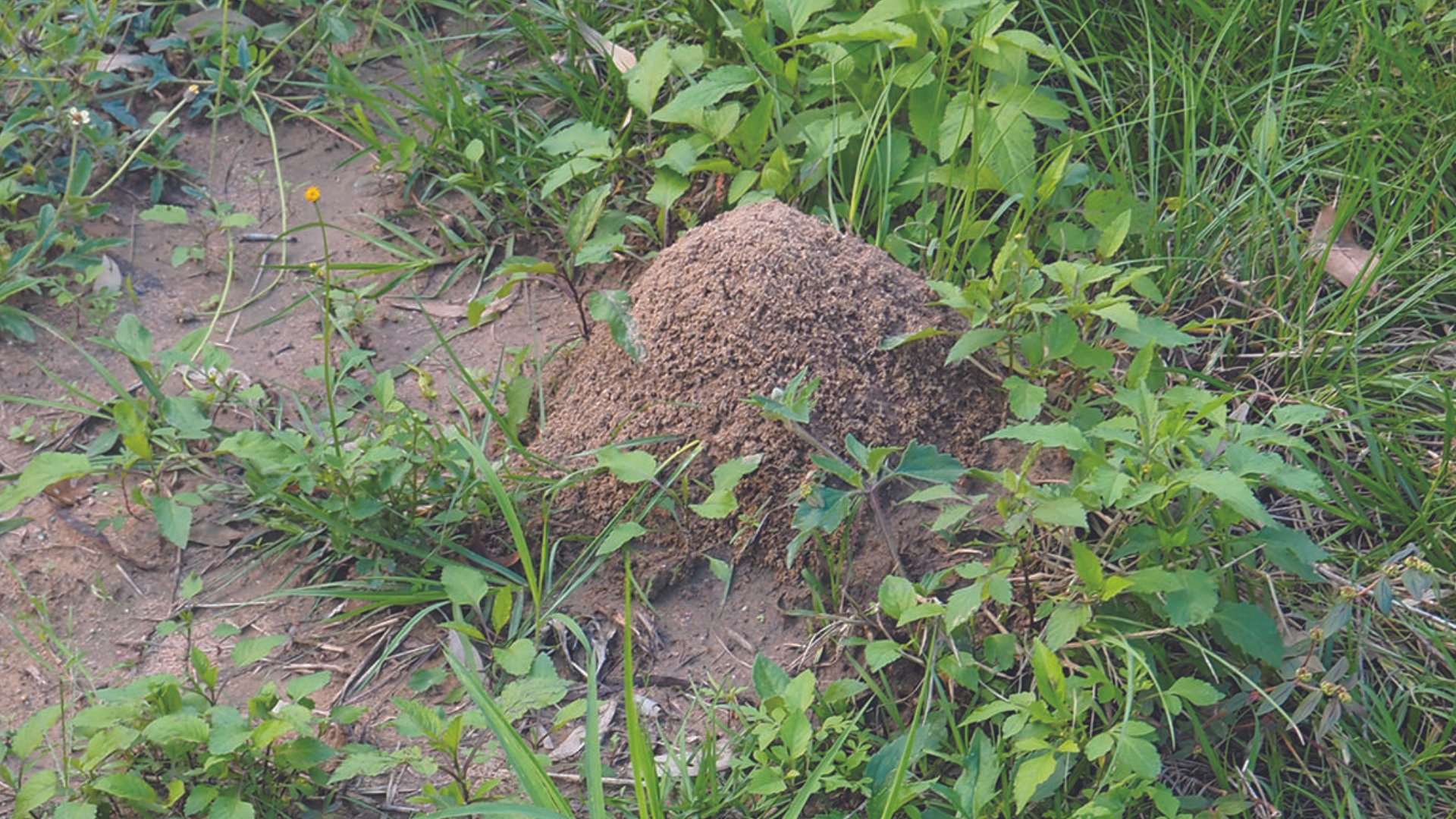Red Imported Fire Ants (Solenopsis invicta)
Fire Ants are one of the world’s most invasive species and can have devastating consequences on our environment, economy, and human health. Their extremely painful stings can harm or even kill people, livestock, and entire native ecosystems.
Fire Ants were first detected in Australia in 2001 at a northern port in Brisbane. Since then there have been various outbreaks within Queensland.
In late 2023 the first Fire Ant outbreak in NSW was detected at South Murwillumbah. In January 2024 the NSW Department of Primary Industries (DPI) confirmed a second detection of Fire Ants in NSW at Wardell, located 85km south of the Queensland border.
To have the best chance of preventing and eradicating Fire Ants from Australia we need to work together as a community to prevent and slow the spread.
What do Fire Ants look like?
Fire Ants can be hard to identify at times but have a few distinguishing features such as being:
- copper brown in colour with a darker abdomen.
- quite small at 2 – 6 mm
- found in a variety of sizes within the one nest.
For a video on how to identify Fire Ants, click here
To check a suspected Fire Ant nest, use a long object to disturb nest and observe ants that come out. Just remember to keep your distance.
There are some ant species that can appear similar making identification difficult. If in doubt it is best to report any suspected invasions.

What do their nests look like?
Fire Ant nests can appear like dome-shaped mounds or be flat and look like a small patch of disturbed soil. The nests don’t have any obvious entry or exit holes.
They commonly appear near disturbed areas like along the edges of garden beds and paths, but nests can occur anywhere.

How do they spread?
This highly invasive species can spread quickly via various methods such as young queen ants flying from a nest or hitching a ride on contaminated vehicles. They are often accidentally imported in organic materials such as soil and mulch. During floods the workers can also bundle around the queen and raft on water along rivers and creeks spreading downstream. Fire Ants can survive in a wide variety of environments and could potentially threaten all of Australia.
Fire Ants and their threat to NSW biosecurity
Fire Ants are listed as Category 1 Restricted Matter under the National Environmental Biosecurity Response Agreement. Due to their painful bite and aggressive nature, they can render land completely inaccessible costing billions to the economy and agriculture.
Reporting Fire Ant sightings
If you have found a nest or colony that you suspect could be Fire Ants report it as soon as possible.
This can be done via the NSW Department of Primary Industries (DPI) on the phone (tel:1800680244) or by filling out a report form at https://forms.bfs.dpi.nsw.gov.au/forms/9247
Fire Ant control
Due to Fire Ants being a high priority, the DPI has a course of action in place to prevent and control the spread. Once reported, the DPI and relevant authorities will act as necessary to control any outbreaks and provide necessary information.
The NSW Biosecurity (fire ant) emergency order can be found here
For further information on Fire Ants please see links below: